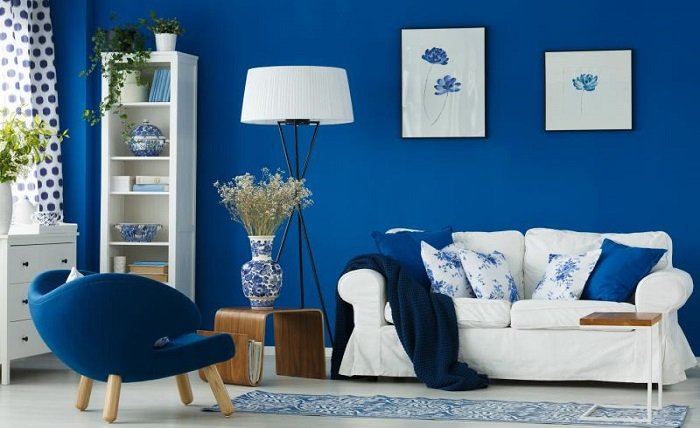The Art of Colour Coordination in Interior Design

Brisbane is not only known for its vibrant atmosphere and multicultural blend but also for its thriving property market. Many people are drawn to this city and choose to settle down, making it a popular destination for homeowners and property investors alike.
In addition to the practical aspects of finding the right property, residents in Brisbane also have a keen interest in home decor. In the realm of interior design, one aspect stands out as particularly crucial: colour coordination. The selection of appropriate colours for your home decor in Brisbane can have a significant impact on the overall ambience and aesthetic appeal of your living space.
This article will explore the principles of colour theory, the significance of colour coordination in interior design and discuss key subheadings to help you master this art and create stunning home decor.
Read more about: toon-stream
Comprehending the Principles of Colour Theory
Understanding colour theory is vital for creating cohesive and visually appealing home decor. Colours can be categorised into primary (red, blue, and yellow), secondary (formed by mixing primary colours), and tertiary (created by combining primary and secondary colours). By comprehending how they interact and complement each other, you can make informed decisions when choosing colour schemes. Consider harmonious options like monochromatic, analogous, or complementary colours to achieve the desired ambience in your home.
Creating a Mood with Colours
Colours can evoke emotions and set the mood in a room. Warm colours like red, orange, and yellow make cosy and inviting surroundings, while cool ones like blue, green, and purple promote relaxation and tranquillity. When selecting them for each room, consider the purpose and desired mood to establish a harmonious and fitting ambience. For example, vibrant and energetic colours may suit a playroom, while soothing and calm hues may work well in a bedroom.
Balancing Bold and Neutral Colours
Bold colours can add personality and visual interest to a space, but it’s important to balance them with neutral ones to avoid overwhelming the room. Neutral ones like white, beige, and grey can act as a backdrop and create a sense of balance. Use bold ones as accents through furniture, artwork, or accessories while incorporating neutrals for walls, floors, and larger pieces of furniture.
Considering Lighting Conditions
Lighting plays a significant role in how colours are perceived. Natural light, artificial light, and the direction of light can affect their appearance in a room. Take into account the lighting conditions when choosing them. Warm lighting can enhance warm-coloured walls, while cool lighting may work better with cool-coloured walls. Additionally, test paint samples under different lighting conditions to ensure the desired effect.
Embracing Texture and Materials
While colour coordination is important, it is equally crucial to consider texture and materials in home decor. Different materials like wood, metal, glass, and fabric can have their unique colours and textures. Coordinate these materials with your colour scheme to create a cohesive and visually appealing space. For example, incorporating natural wood elements can enhance the overall aesthetic if you have chosen a rustic scheme.
In conclusion, colour coordination is an art that can transform your home decor in Brisbane. By creating the right mood, harmonising schemes, balancing bold and neutral ones, considering lighting conditions, embracing texture and materials, and staying true to your personal style, you can create a captivating and inviting space. So, let your creativity guide you as you embark on this journey, making your home reflect your unique style and taste.





